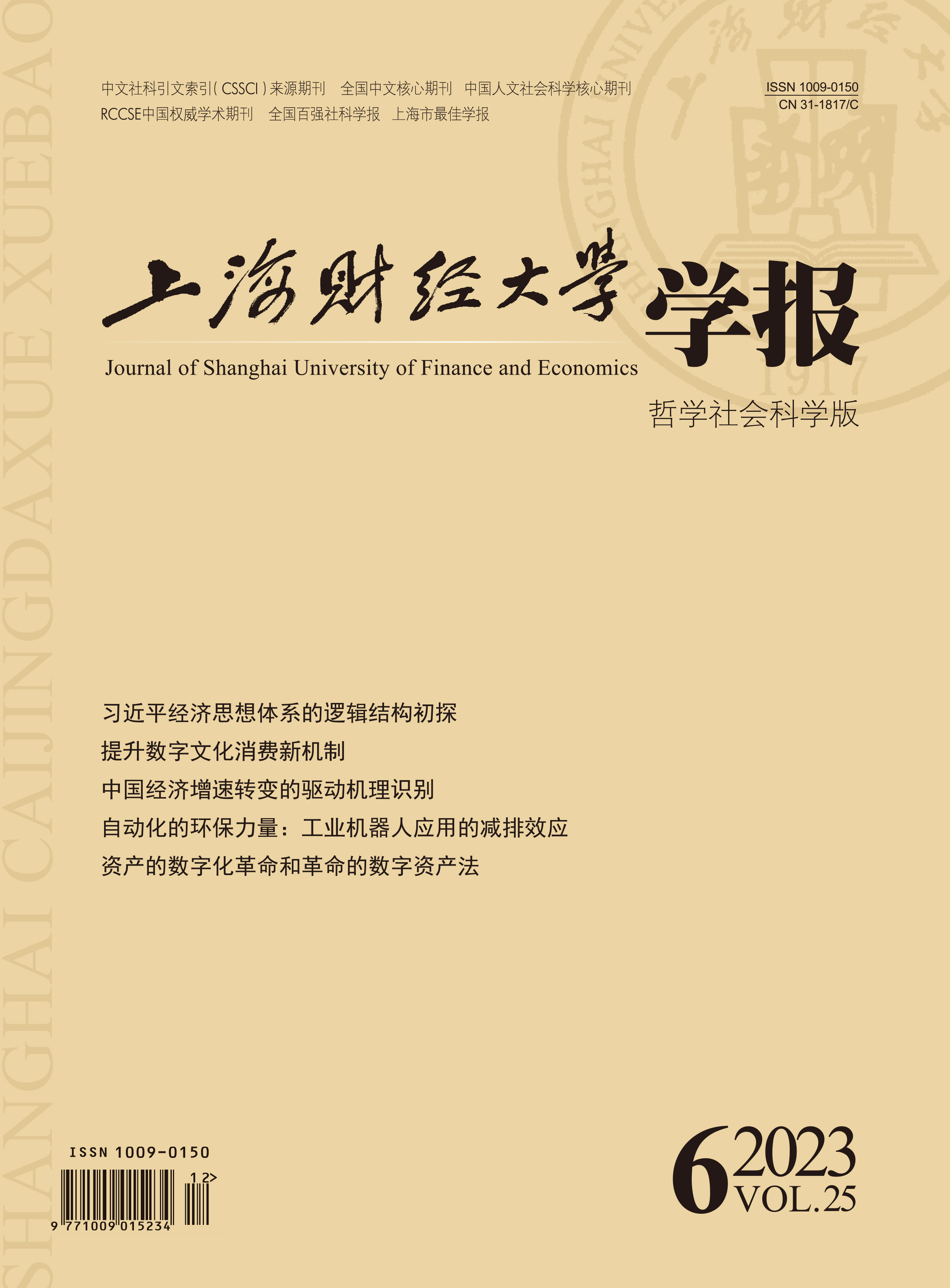The ESG concept comprehensively considers the three dimensions of environment, social responsibility, and corporate governance. It is a concrete manifestation of the current concept of enterprise sustainable development and has become an important reference for investors when making investment decisions. However, the “greenwashing” phenomenon of ESG will continue to weaken its credibility, making it a tool for enterprises to conceal and seek personal gain. So, is the ESG performance of an enterprise the true original intention of sustainable development or a “greenwashing” tool that promotes self-interest behavior? This is an important question that needs to be answered.
Taking corporate investment behavior as the starting point, this paper selects A-share listed companies from 2009 to 2020 as the sample, and studies the internal impact between enterprise ESG performance and financial asset allocation. Through the motivation identification test, it explores whether enterprises are based on the “reservoir” motivation or the “speculative arbitrage” motivation to have an impact on the effect between the two. At the same time, it analyzes the differences in the impact of enterprise ESG performance and financial asset allocation from the governance perspective of “pressure-opportunity-excuse”.
The study shows that, when enterprise ESG performance is better, the degree of financial asset allocation is higher, which means that enterprise ESG performance has a stimulating effect on financial asset allocation. Through motivation recognition testing, it is found that compared to the “reservoir” motivation, the “speculative arbitrage” motivation enhances the stimulating effect of ESG performance on financial asset allocation, indicating that enterprises will use ESG performance to conceal speculative arbitrage behavior in allocating financial assets. Based on the governance perspective of “pressure-opportunity-excuse”, it is found that in situations where performance is good and environmental regulations are weak (i.e. “low pressure”), internal control quality is high and information asymmetry is low (i.e. “few opportunities”), and management overconfidence is low and property rights are state-owned (i.e. “few excuses”), the stimulating effect of enterprise ESG performance on financial asset allocation is suppressed.
The conclusions help to deeply understand the internal logic of the impact of enterprise ESG performance on financial asset allocation, reveal the objective existence of “greenwashing” behavior in enterprise ESG performance, and provide empirical evidence for improving the enterprise ESG evaluation system and suppressing the “greenwashing” phenomenon of enterprises, so as to guide finance to return to the real economy.





 7060
7060  6571
6571

